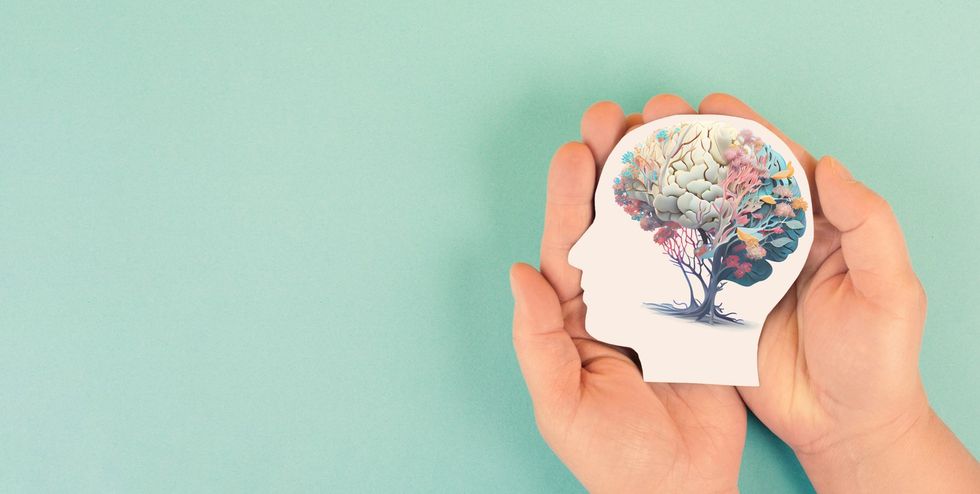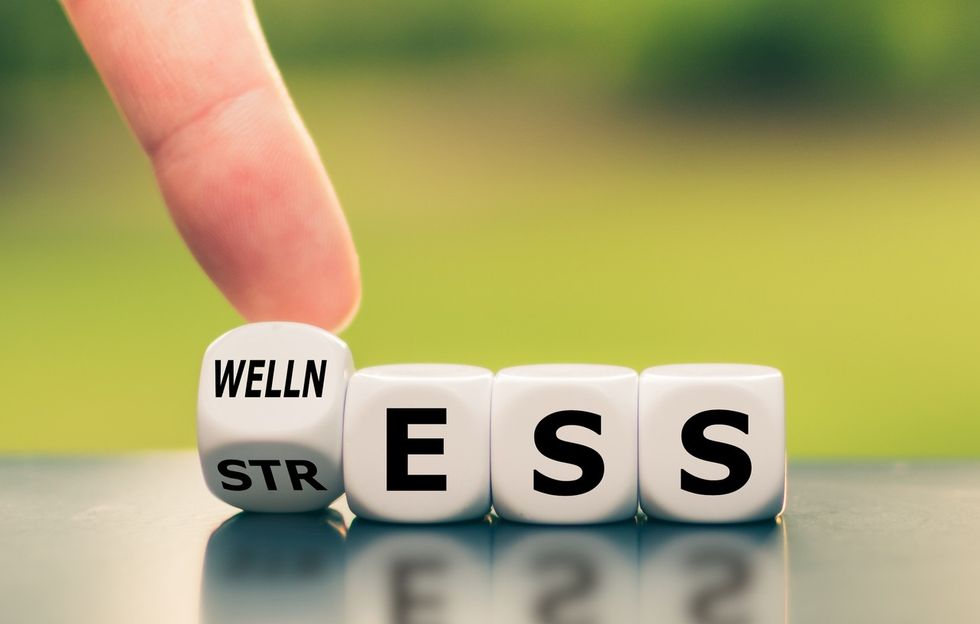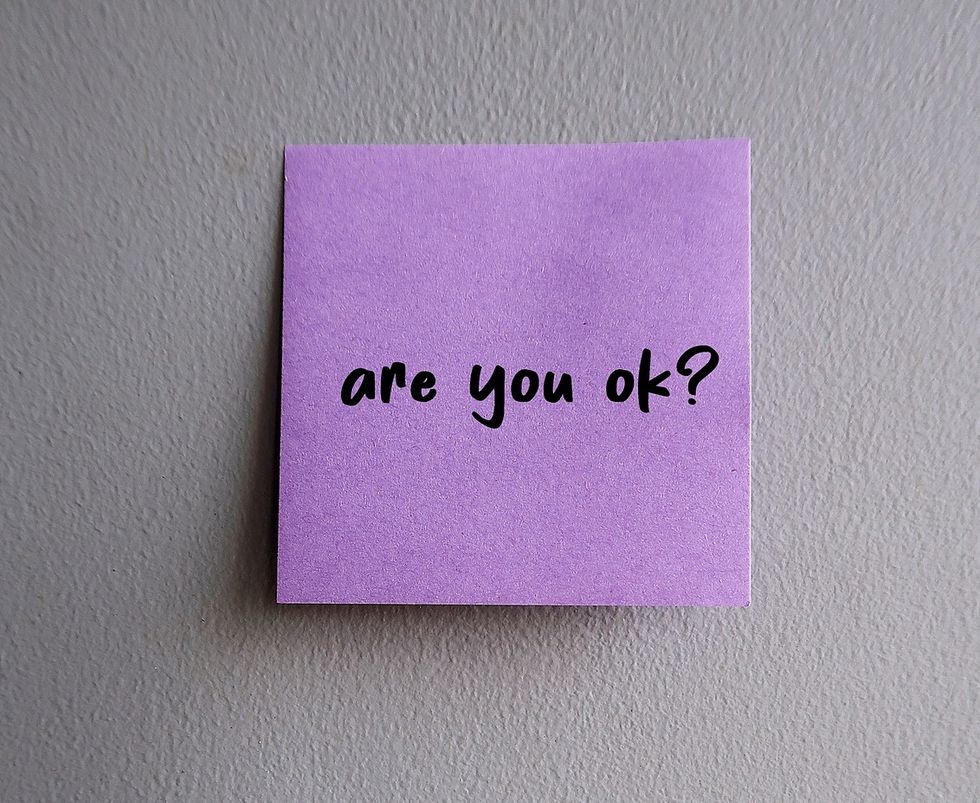A timeless essential for every girl, Kurtis are versatile piece, and a wardrobe must-have. There is a Kurti for every occasion, be it a day out with your girlfriends or a dinner date with your special someone or your best friend’s sangeet. They can go from formal to classy, to traditional to total chic and make you look like a stylish diva while still being extremely comfortable.
We get it, it’s rather confusing to pick the right Kurti, there are literally hundreds of options to choose from, from the range of materials to the various styles it can feel overwhelming, but we are here to help you select the right Kurti for every occasion.
So let’s get started and understand how you can pick the right Kurti for your special occasion:
For your office affair:
When it comes to formal looks, one has to make sure that the look is structured, it should look classy and presentable at the same time, it should be functional and comfortable. We have to opt for Kurtis that are easy to handle and doesn’t cause too much drama.
The best pick for office look would be a long Straight Kurti, Shirt Kurti, and a Denim Kurti. Pick it in subtle tone or earthy tones whichever you prefer and pair it along with a palazzo, leggings, or even jeans and you are ready to rule the world.
Kurtis for evening parties:
Parties are your chance to go all experimental with your fashion. You can decide your look based on the mood of the party. You can wear short kurta and pair it along with shorts or ripped jeans for a casual house party. You can even select a transparent georgette kurta and pair it up cotton pants and heels for the oomph. You can even opt for short flared kurta and treat it as a dress and pair it along with shoes for a girl next door vibe (only cuter). You can select the colour/ embroidery or embellishments according to your preferences. It is usually advisable to opt for darker colours for some night time fun.
There are many options to explore for kurta designs for female.
What to wear for a coffee date? Or brunch with your girls?
When you have casual and fun hangout plans, you sure want to look trendy and chic. Afternoons call for a subtle dress over that gives a hint of a stylish diva. You can pair up a high slit single strap Kurti with jeans or straight pants along with a pair of heels, and you are good to go. You can even use your ankle-length flared Kurti as a dress and style it up with a belt. If you want to add a little drama to your look opt for Tail Kurtis.
Opt for bright shades or go for pastel tones the choice is yours to make.
Kurtis for your best friend’s sangeet party
Your chance to go all traditional. There are so many options to pick from. If you wish to keep your look contemporary, you can opt for dhoti style Kurti, and if you want to go for a classic look, you can opt for Anarkali Kurti and pair it with a skirt. You can opt for AngrakhaKurti for super traditional and ancient vibes. Even princess cut Kurtis make up for a great Kurti design for women. Opt for darker colours like maroon, green etc. and complete the look with beautiful jewellery.
Kurti to pick for a pool party or a beach party.
A kaftan Kurti makes up for a great option to wear at a beach or a pool party. If you want to go bold, you can opt a blacklessKurti or a cold shoulder Kurti. Tiers Kurti makes up for another great choice, and you can substitute that as a dress and look sensational.



















 Finding strength in small daily habits for better mental health
Finding strength in small daily habits for better mental health Simple steps to boost your mental well-being every day
Simple steps to boost your mental well-being every day How small positive changes can transform your inner world
How small positive changes can transform your inner world